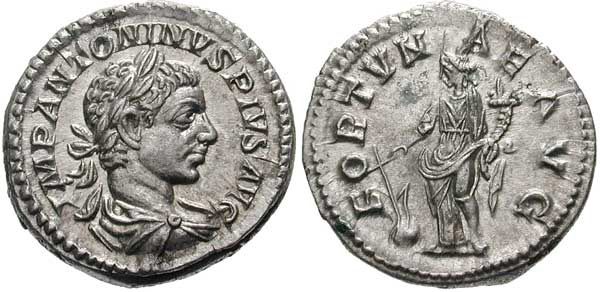|
Emmaus (Diocese)
basilica.html" ;"title="Ruins of the basilica">Ruins of the basilica in Emmaus.The Diocese of Emmaus is an ancient and titular see, titular diocese of the Roman Catholic Church, located in Emmaus#Emmaus in the New Testament, Emmaus/Emmaus Nicopolis, Nicopolis, Israel, (modern Imwas). The current bishop is Giacinto-Boulos Marcuzzo who resides in Nazareth. History Being a small town only from Jerusalem, the village of Emmaus was not initially a bishopric, but rather part of the bishopric of Jerusalem. In 131 CE, Christian scholar and writer Julius Africanus of Jerusalem, headed an embassy to Rome and had an interview with the Roman emperor Elagabalus on behalf of Emmaus. Soon after it was refounded to become a "city" (πόλις), which quickly became famous, and was given the qualification of "Nicopolis". Eusebius a century latter writes Emmaus, whence was Cleopas who is mentioned by the Evangelist Luke. Today it is Nicopolis, a famous city of Palestine. Jerome described ho ... [...More Info...] [...Related Items...] OR: [Wikipedia] [Google] [Baidu] |
Emmaus Nicopolis Basilica
Emmaus (; Greek: Ἐμμαούς, ''Emmaous''; la, Emmaus; , ''Emmaom''; ar, عمواس, ''ʻImwas'') is a town mentioned in the Gospel of Luke of the New Testament. Luke reports that Jesus appeared, after his death and resurrection, before two of his disciples while they were walking on the road to Emmaus. Although its geographical identification is not certain, several locations have been suggested throughout history, chiefly Emmaus Nicopolis. It is known only that it was connected by a road to Jerusalem; the distance given by Luke varies in different manuscripts and the figure given has been made even more ambiguous by interpretations. Name The place-name Emmaus is relatively common in classical sources about the Levant and is usually derived through Greek and Latin from the Semitic word for "warm spring", the Hebrew form of which is ''hamma'' or ''hammat'' (חמת). In the ancient and present-day Middle East, many sites are named Hama Hamath and variations thereof. The ... [...More Info...] [...Related Items...] OR: [Wikipedia] [Google] [Baidu] |
Elagabalus
Marcus Aurelius Antoninus (born Sextus Varius Avitus Bassianus, 204 – 11/12 March 222), better known by his nickname "Elagabalus" (, ), was Roman emperor from 218 to 222, while he was still a teenager. His short reign was conspicuous for sex scandals and religious controversy. A close relative to the Severan dynasty, he came from a prominent Arab family in Emesa ( Homs), Syria, where since his early youth he served as head priest of the sun god Elagabal. After the death of his cousin, the emperor Caracalla, Elagabalus was raised to the principate at 14 years of age in an army revolt instigated by his grandmother Julia Maesa against Caracalla's short-lived successor, Macrinus. He only posthumously became known by the Latinised name of his god. Later historians suggest Elagabalus showed a disregard for Roman religious traditions and sexual taboos. He replaced the traditional head of the Roman pantheon, Jupiter, with the deity Elagabal, of whom he had been high priest. He ... [...More Info...] [...Related Items...] OR: [Wikipedia] [Google] [Baidu] |
Basilica
In Ancient Roman architecture, a basilica is a large public building with multiple functions, typically built alongside the town's forum. The basilica was in the Latin West equivalent to a stoa in the Greek East. The building gave its name to the architectural form of the basilica. Originally, a basilica was an ancient Roman public building, where courts were held, as well as serving other official and public functions. Basilicas are typically rectangular buildings with a central nave flanked by two or more longitudinal aisles, with the roof at two levels, being higher in the centre over the nave to admit a clerestory and lower over the side-aisles. An apse at one end, or less frequently at both ends or on the side, usually contained the raised tribunal occupied by the Roman magistrates. The basilica was centrally located in every Roman town, usually adjacent to the forum and often opposite a temple in imperial-era forums. Basilicas were also built in private residences an ... [...More Info...] [...Related Items...] OR: [Wikipedia] [Google] [Baidu] |


